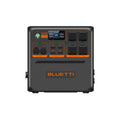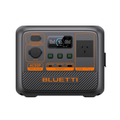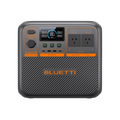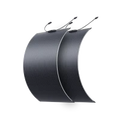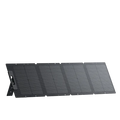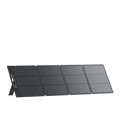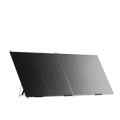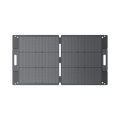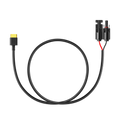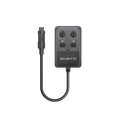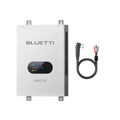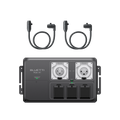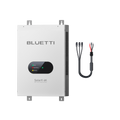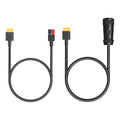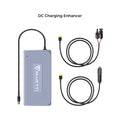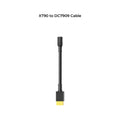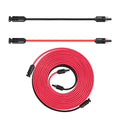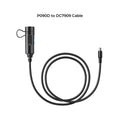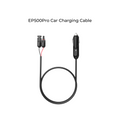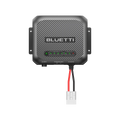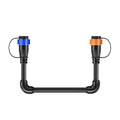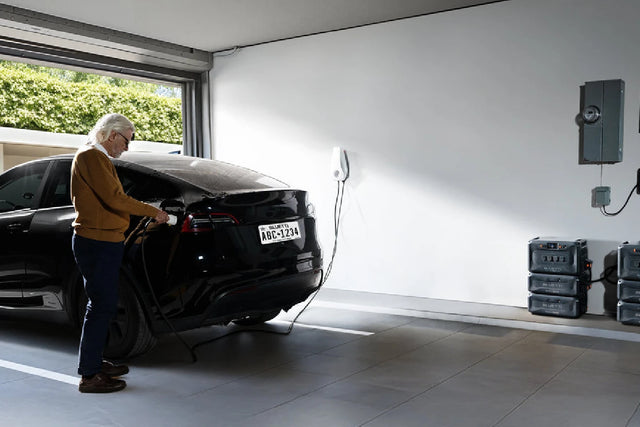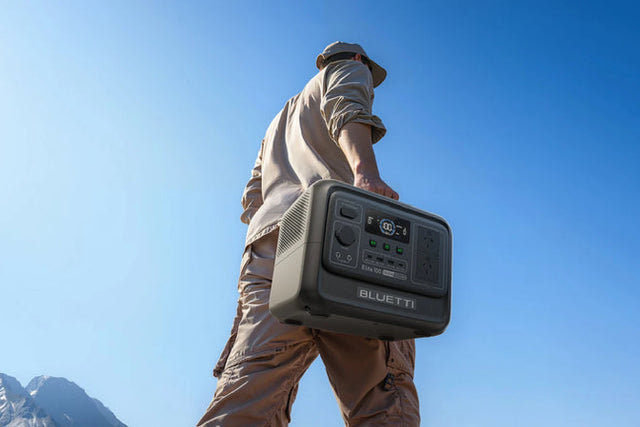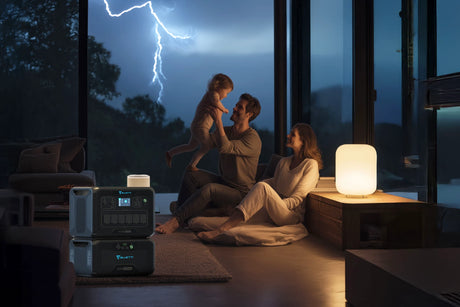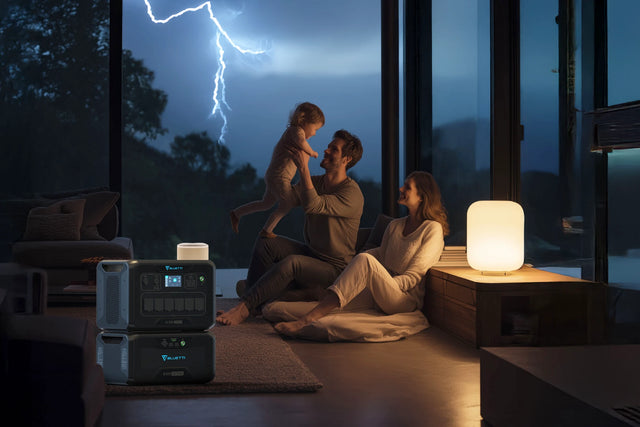If you want to use solar power for your home, office, or off-grid lifestyle, you can choose from different kinds of batteries. In this article, we'll compare lithium-ion batteries and lead acid batteries, which are perhaps the two most common battery types when it comes to solar panel systems.
Aside from the materials used to manufacture either type of battery, their main differences are in terms of efficiency and cost. Most of the time, lead acid batteries are cheaper, but lithium-ion batteries work better and last longer.
Lead Acid vs. Lithium Batteries – Overview
As their names suggest, a lithium battery is made using the element lithium while lead acid batteries are composed of lead. Lead acid is a tried-and-true, less expensive technology but requires frequent maintenance and does not last as long.
Lithium batteries, on the other hand, offer greater efficiency and a longer lifespan, but also come at a higher cost. When it comes to solar panel systems, there are three primary battery options:
1) Sealed Lead Acid
There are two common types of sealed-lead acid (SLA) batteries: Gel and AGM (Absorbent Glass Mat), and they are comparable in terms of their functionality. They can withstand accidental spills and require minimal upkeep.
The primary distinction between gel and AGM batteries is that the former have lower output and charge rates. Gel batteries, in general, cannot handle as much charge current, which is why they produce lesser power and take more time to charge than AGM batteries.
2) Flooded Lead Acid
The fact that the plates of FLA (flooded lead acid) batteries are immersed in water is what makes them unique. To keep them functioning properly, these batteries should be examined frequently and filled every one to three months.
Inadequate maintenance can reduce battery life and void any warranty. In order to let battery gases escape, FLA batteries must also be put in a vented cage.
3) Lithium
Lithium Iron Phosphate, often known as LiFePO4 or LFP batteries, is the ideal chemistry for solar panel lithium batteries. This new technology has a longer lifespan and can withstand more intense cycles. In addition, they don't need to be maintained or vented like lead acid batteries do.
While the initial investment in a lithium battery is higher, the longer runtime and higher efficiency mean that you may end up spending less per kilowatt-hour of capacity.
Lead Acid v/s Lithium Batteries – Head to Head
|
|
Lead Acid |
Lithium |
|
Cost |
$700-1,500+ |
$7,000-15,000+ |
|
Capacity |
1-6 kWh |
10+ kWh |
|
Efficiency |
80-90% |
95-98% |
|
Discharge Depth |
50% |
80-90% |
|
Lifespan |
5-13 years |
10-20 years |
When compared to lead acid batteries, lithium-ion technology often performs better and lasts longer. Yet, less expensive lead acid battery solutions can be better in circumstances of modest off-grid storage systems, which are infrequently utilized.
Lead Acid v/s Lithium – Key Differences
1) Cycle Life
One charge cycle is what happens when you use a battery to power your appliances, then re-charge it using solar panels. Alongside measuring the battery lifespan in years, you should also consider the lifespan in terms of the number of charge cycles (charges and discharges) the battery can endure before it expires.
You could compare it to putting miles on a car. When figuring out how good a used car is, the number of miles it has been driven is much more important than its model or make. The same is true for batteries and how many times they have been used. At a vacation home, a sealed lead acid battery may go through 100 cycles in 4 years, but at a full-time home, this same battery may undergo 300+ charge cycles within a year. Naturally, the battery that has undergone 100 cycles over 4 years would be in much better shape.
The discharge depth also affects how long a cycle will last (the amount of battery capacity used before it has to be recharged). The battery is put under more stress when it is discharged more deeply. This, in turn, reduces its useful life.
2) Discharge Depth
Discharge depth means how much of the battery's total capacity can be utilised before it needs to be charged again. For instance, if you use half of your battery’s capacity, the battery’s discharge depth would be 50%.
When you use a battery, it does not lose all its power. Instead, every battery comes with a recommended discharge depth, which is how much can be used before it needs to be refilled.
Generally, a lead acid battery can only be used up to 50% of its capacity before it needs to be recharged. If you use more than 50%, you might shorten the battery’s life.
Lithium batteries, on the other hand, can handle discharges of at least 80%. In other words, these batteries have considerably higher useful capacities.
3) Efficiency
The lithium battery is more efficient. This means it can store and use a higher percentage of the solar energy captured by your panels. As an example, depending on the condition and model, the efficiency of lead acid batteries may range from 80 to 90 percent. In other words, if 1,000 watts of solar energy enter the batteries, only 800 to 900 watts would be available after charging and discharging.
Lithium batteries have an efficiency of greater than 95%. Thus, in the above scenario, you would have access to at least 950 watts for every 1000 watts that enter your solar panels.
With more efficiency, your batteries will charge faster. Depending on the layout of your system, this could also permit the purchase of fewer solar panels, batteries, and a smaller generator.
4) Rate of Charge
Thanks to their greater efficiencies, lithium batteries also boast a higher charge rate. They can tolerate larger amperages, allowing them to be recharged far more quickly than lead acid batteries.
The charge rate is expressed as a fraction – C/6, for instance. Here, the ‘C’ stands for the amp-hour capacity of the battery (Ah). Hence, a 450 Ah battery charged at a C/6 rate would get 75 amps of charging current (450/6).
Lead acids can receive a limited amount of current since they tend to overheat when charged too quickly. Besides, their charge rate drops considerably as the battery nears its maximum capacity.
At its peak charging, a lead acid battery can charge up to approximately 85% of its total capacity. The battery charger will then automatically slow down to top out the batteries. In certain circumstances, lead acid batteries require more than twice as long to charge as their lithium counterparts.
5) Energy Density
An individual lithium battery tends to be marginally heavier than a lead acid one. But there is a trade-off: lithium batteries have a much higher energy density than lead acid batteries. As a result, they can store more energy in less space.
For instance, it would require 7 or 8 lead acid batteries to do the same job that a couple of lithium batteries can pull off. Considering the battery bank size into account, lithium batteries weigh about half as much.
If you are limited on mounting options for your battery pack, the lower overall weight of lithium can be a huge benefit. Whether you plan on hanging its casing on the wall or storing it away in a closet, the increased energy density will allow your lithium battery bank to adjust into more confined spaces.
6) Maintenance
Another issue with lead acid batteries is that each one needs a lot of maintenance to last as long as possible. Lead acid solar home batteries need to be checked for voltage, water level, overcharge functions, and regular electrolyte maintenance. You need all this data to ensure that your lead acid battery is regularly serviced and maintained. If you do not keep track of this information, it could lead to even more expensive repairs or even an earlier need to replace the battery.
Lithium batteries, meanwhile, are pretty much maintenance-free. This means that homeowners can use their solar home battery without worrying that deep discharge will cause permanent damage.
7) Recyclability
At the moment, lead acid batteries are being recycled far more often than lithium batteries – something that strengthens their argument for environmental-friendliness.
That said, despite their lower recycling rate than lead acid batteries, lithium solar batteries offer a very high capacity for recovery and recycling.
Lithium household batteries have a lower recycling rate mainly because the tech is still in its infancy and the equipment required to recycle them is still pricy and in the developmental phase. As the industry grows, it's likely that recycling these batteries will quickly catch up to lead acid batteries and maybe even surpass them because it is cheaper to use recycled lithium than to mine more.
In the years to come, recycling lithium solar batteries will make some big steps forward.
How Do Lead Acid and Lithium Batteries Compare in Lower Temperatures?

Lower temperatures lead to a significant reduction in battery capacities, irrespective of the chemistry. This means that when you are assessing a battery for performance in cold weather, you need to consider the charge and discharge. Lithium batteries do not accept charges at temperatures below 0 degree Celsius (32 degrees Fahrenheit). However, SLA batteries accept charges at lower temperatures.
On the other hand, lithium batteries have higher discharge capacities at lower temperatures compared to SLAs. In other words, a lithium battery need not be over-designed to perform in lower temperatures, although charging may be a restrictive factor. At 0 degrees Celsius, lithium batteries have a discharge depth of around 70% as compared to 45% for SLAs.
When it comes to charging lithium batteries in low temperatures, another thing you need to consider is the battery’s present condition. If you have only just finished discharging the battery, it would have likely generated enough heat to be able to allow a charge. However, if it has had the time to cool down, a charge may not be possible if the temperature is below 0 degrees Celsius.
Lead Acid v/s Lithium Batteries for Solar – There is no Clear Winner

While lead acid batteries are significantly cheaper, lithium batteries outdo them in terms of efficiency, discharge depth, lifespan, and capacity. Thus, while it may seem that lithium batteries are the better pick for solar panel systems for the most part, lead acid batteries are not without their applications. For instance, you could use a lead acid battery for an RV or a boat that you do not use very frequently. Thanks to the lower usage rate, you will be able to nullify many of the drawbacks associated with lead acid, such as the lower discharge depth and lifespan.
If you are looking for a portable solar panel or generator, please feel free to explore our wide range of options. We offer many different types of portable solar panels, generators, expansion batteries, and solar kits, and can help you find one based on your needs, power requirements, budget, and location. Please get in touch today and take your first step towards portable solar energy and leveraging all the benefits that come with it.
Shop products from this article
Be the First to Know
You May Also Like
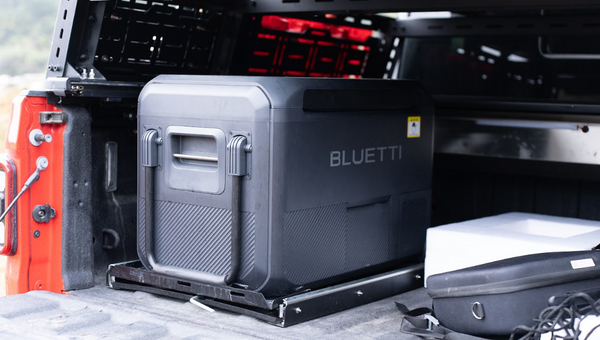
Let’s discover what you understand by a 12V fridge, its merits, its demerits, and whether it suits you or not. Also discover BLUETTI 3-in-1 Fridge Freezer.
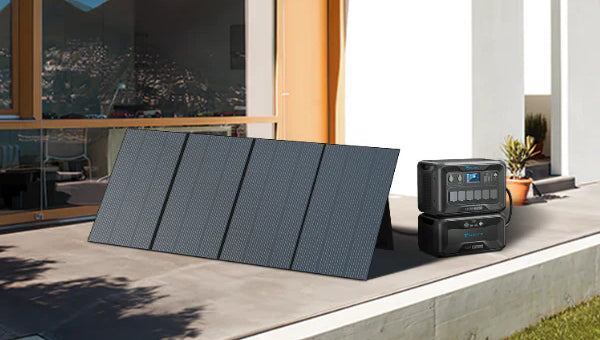
Here’s how to clean solar panels on roof the right way. Learn about DIY options, costs, and what to avoid to get the most out of your investment in solar.
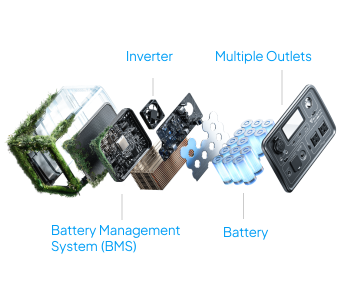
Looking for a reliable power pack for camping, travel or phone charging? Discover the best lithium power packs for all your needs, including BLUETTI’s EB3A, AC2A and AC50B.


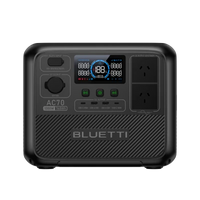
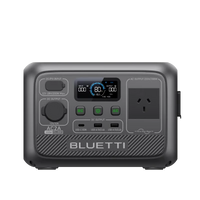
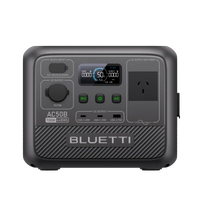

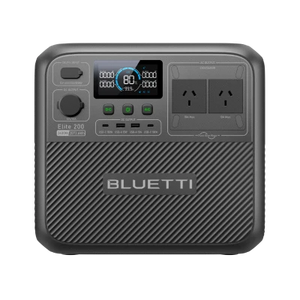
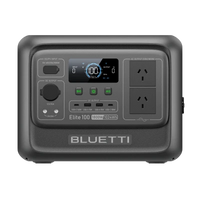
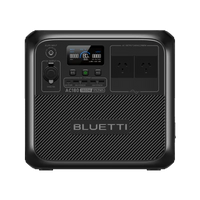
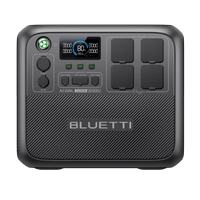
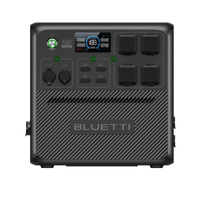
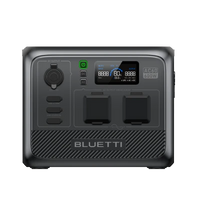
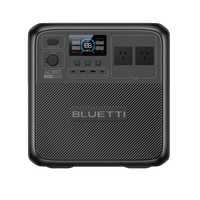


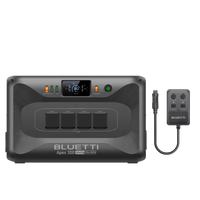

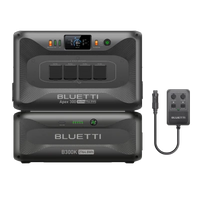
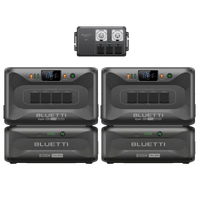
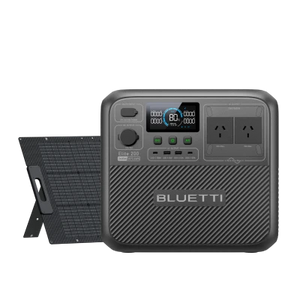
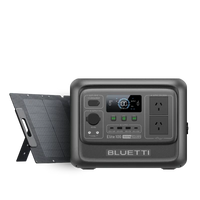
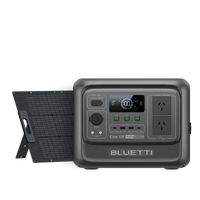
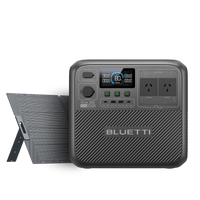
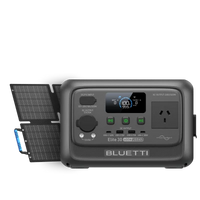
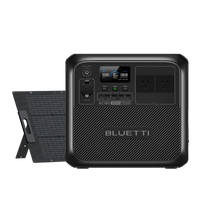
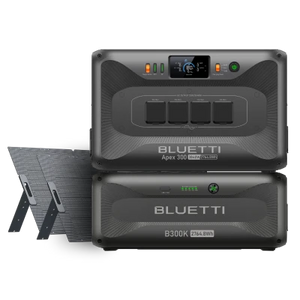
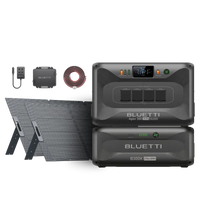
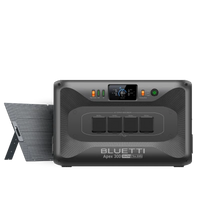
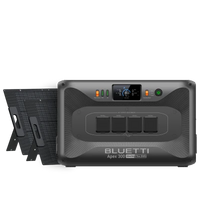
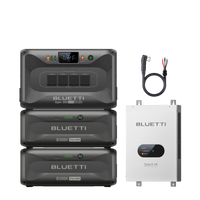

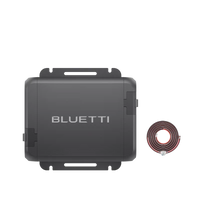
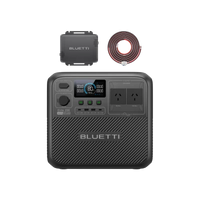
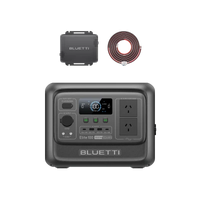
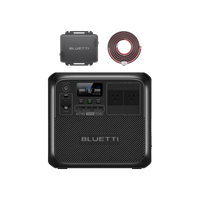
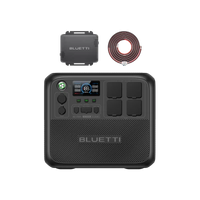
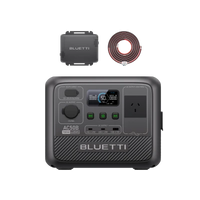
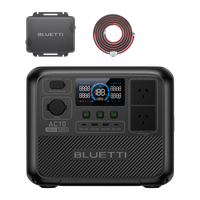


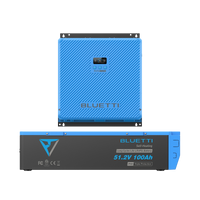
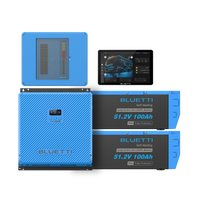
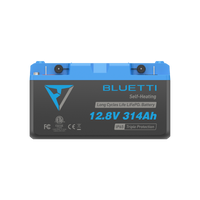
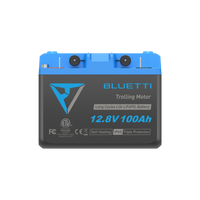
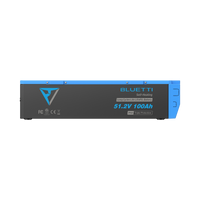
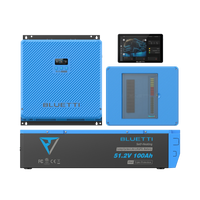
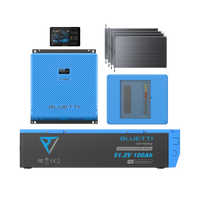
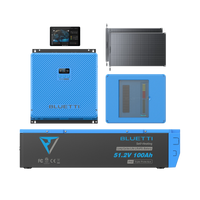
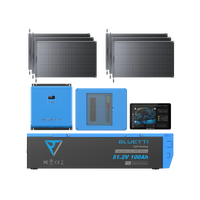



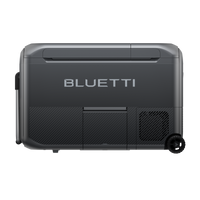
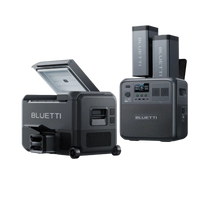
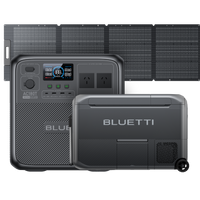
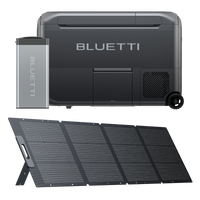
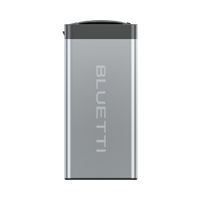
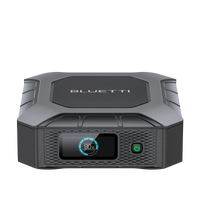
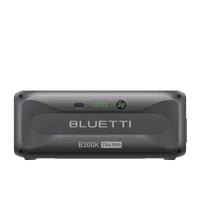

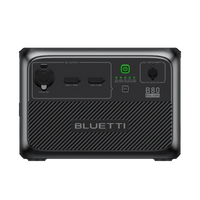
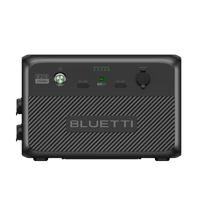

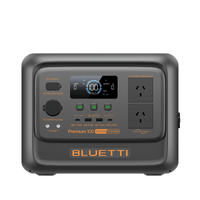
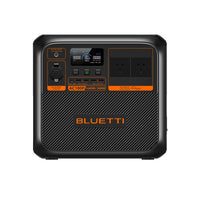

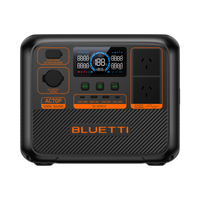
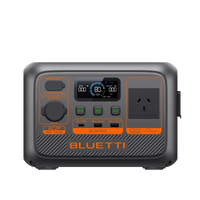
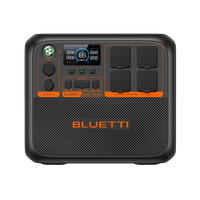
![[Phased Out] BLUETTI B80P Expansion Battery | 806Wh](http://www.bluettipower.com.au/cdn/shop/files/202310025B80P_2000-2000px_4_4caa0c1c-4dab-4272-9e9b-2b7507e5bd81.jpg?v=1713777870&width=200)
![[Phased Out] BLUETTI B210P Expansion Battery | 2,150Wh](http://www.bluettipower.com.au/cdn/shop/files/2_08cf9ef3-03a4-4489-b641-d3edb8094896.webp?v=1716016566&width=200)
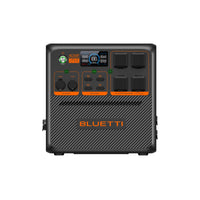
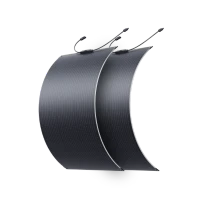
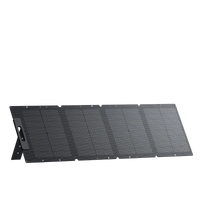
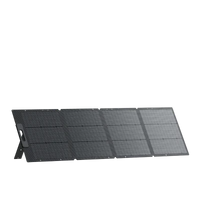
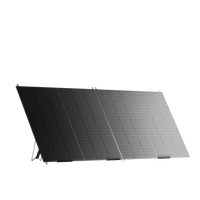

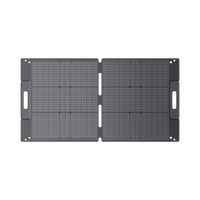

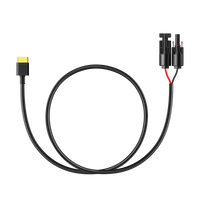
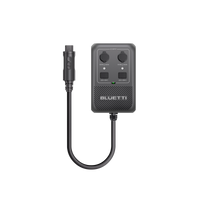
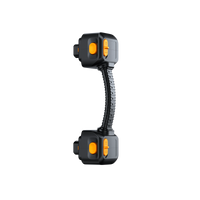
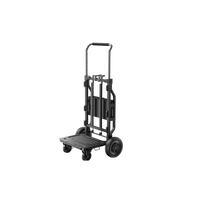
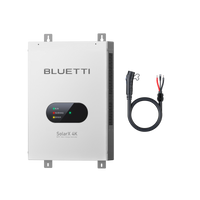
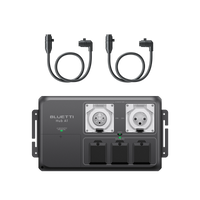
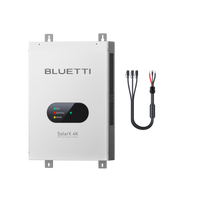
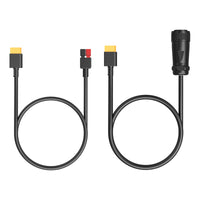
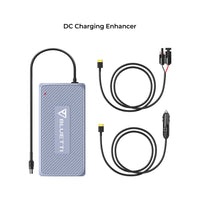

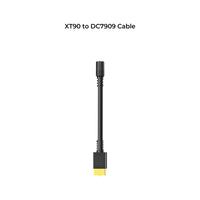
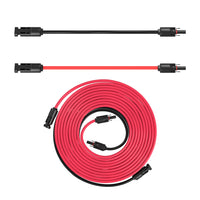
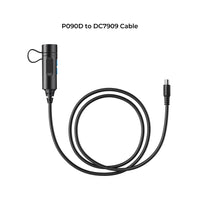
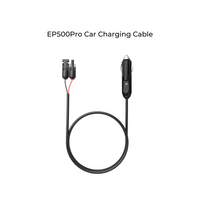
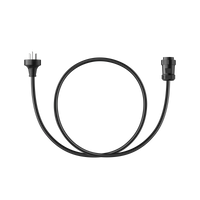

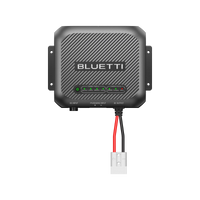
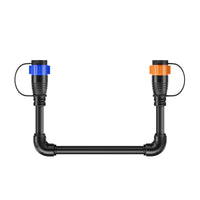



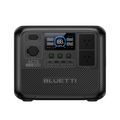
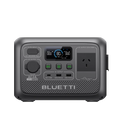
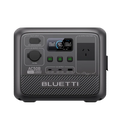


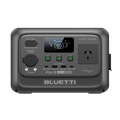
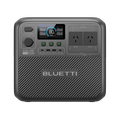
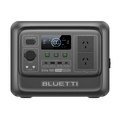
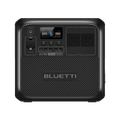
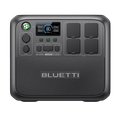
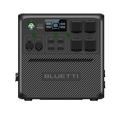
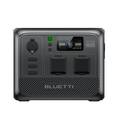
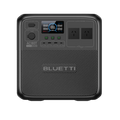


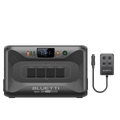

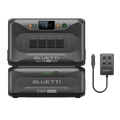
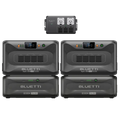




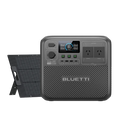
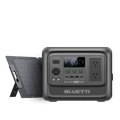
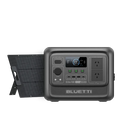
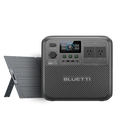
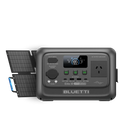
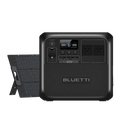
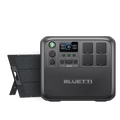
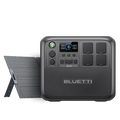




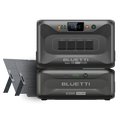
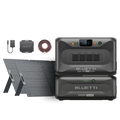
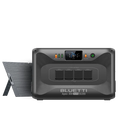
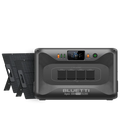
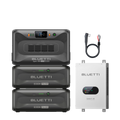

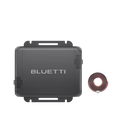
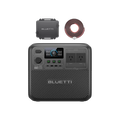
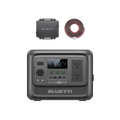
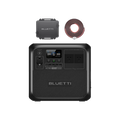
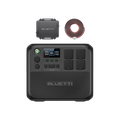
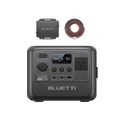
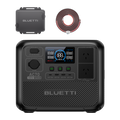
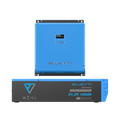
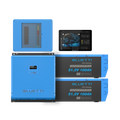
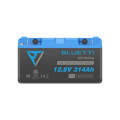
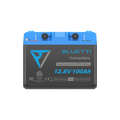

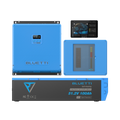
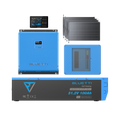
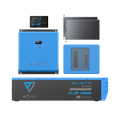
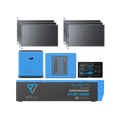
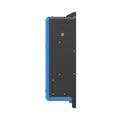


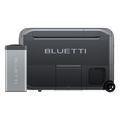
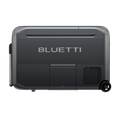
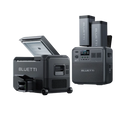
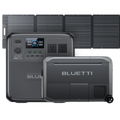
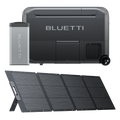
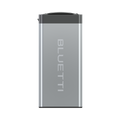
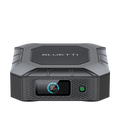
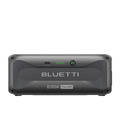

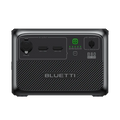
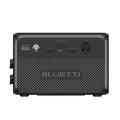
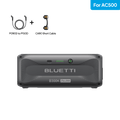
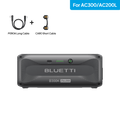
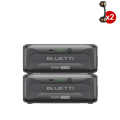
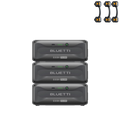




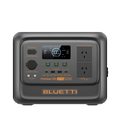
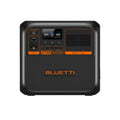

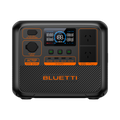
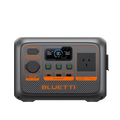
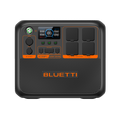
![[Phased Out] BLUETTI B80P Expansion Battery | 806Wh](http://www.bluettipower.com.au/cdn/shop/files/202310025B80P_2000-2000px_4_4caa0c1c-4dab-4272-9e9b-2b7507e5bd81.jpg?v=1713777870&width=120)
![[Phased Out] BLUETTI B210P Expansion Battery | 2,150Wh](http://www.bluettipower.com.au/cdn/shop/files/2_08cf9ef3-03a4-4489-b641-d3edb8094896.webp?v=1716016566&width=120)
